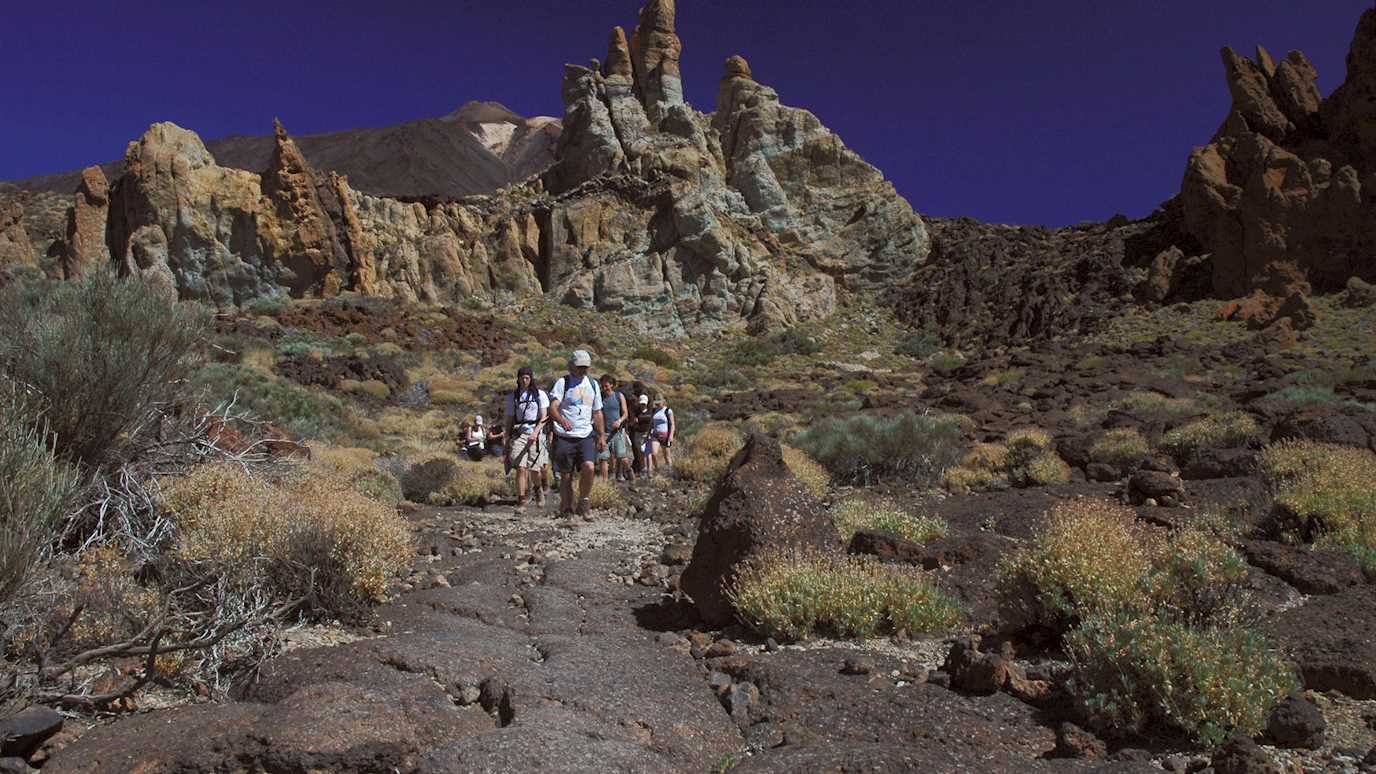The latest of 10 earthquakes to strike the Gatwick area in the SE of England occurred on the afternoon of Wednesday 18th July. The swarm represents the first earthquakes ever recorded in Surrey.

Being far from tectonically active plate boundaries, the UK experiences few and small earthquakes, particularly in the SE of England. A swam of 10 small earthquakes about 5 km west of Gatwick since 1st April 2018 has caused surprise and concern. The earthquakes ranged in size from magnitude 1.5 to magnitude 3.0, and most were detected by Royal Holloway’s seismometer. The British Geological Survey’s seismic monitoring network estimated they were focused at depths in the crust ranging from 13-2 km. Their more recent, and accurate measurements from a denser network suggest the latest two, on 18th July, were focused at just 1 km depth – unusual for naturally-formed earthquakes.
By interesting coincidence the earthquake cluster is located just 5 km from the UKOG’s Horse Hill oil exploration site, which has carried out occasional flow testing of oil during the last two years. There is currently no way to unambiguously distinguish natural earthquakes from those induced by human activities. However, it is well known from places such as Oklahoma that in areas of intense hydraulic fracturing of tight hydrocarbon reservoirs seismicity increases, since the stress state and fluid pressure in rocks can be changed from a stable state.
The recent earthquake cluster lies broadly along an ancient fault in the shallow crust. The fault, though presently inactive, represents a weakness that may periodically be reactivated. Reactivation may be a result of tectonic stresses transmitted long distances from the Eurasian plate boundaries, by stresses related to the removal of ice in the north of the UK following the end of the ice age, or by modification of the stress state in the shallow crust by human activities.
























